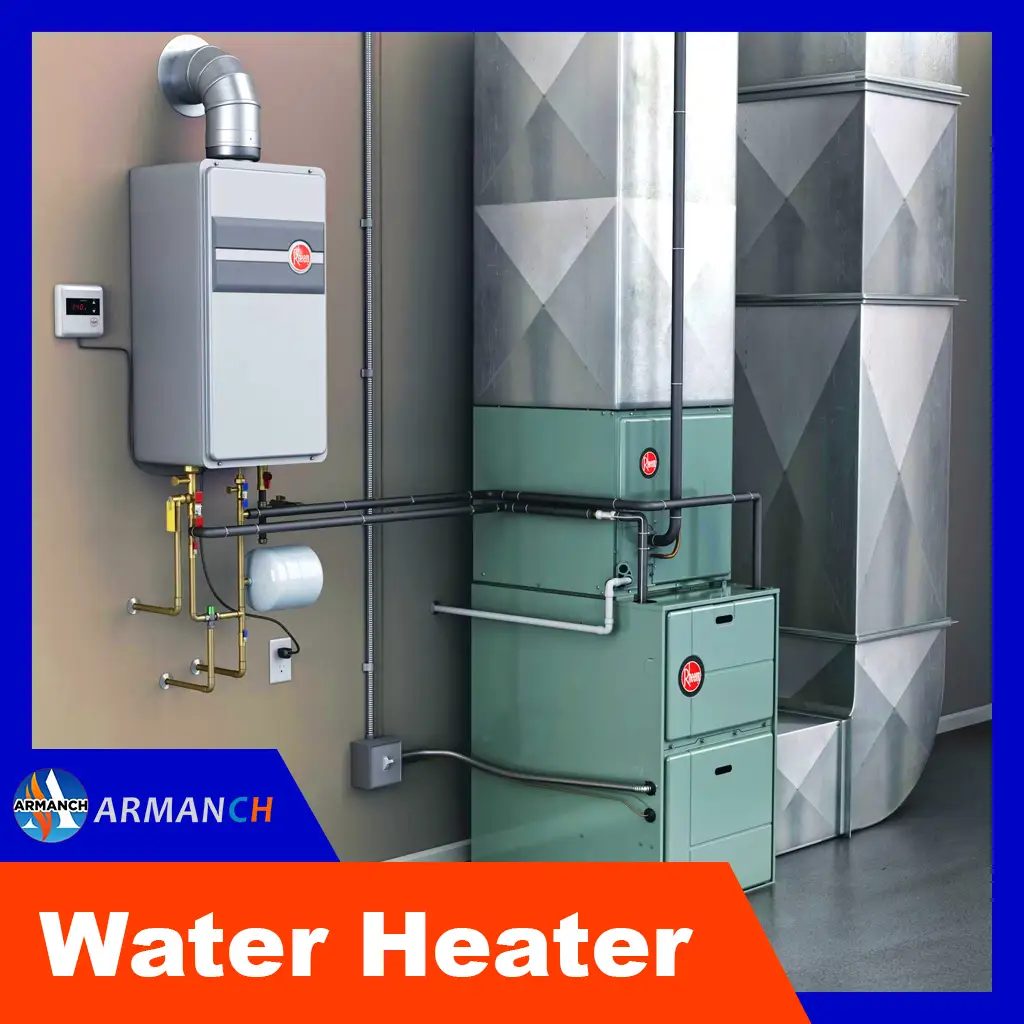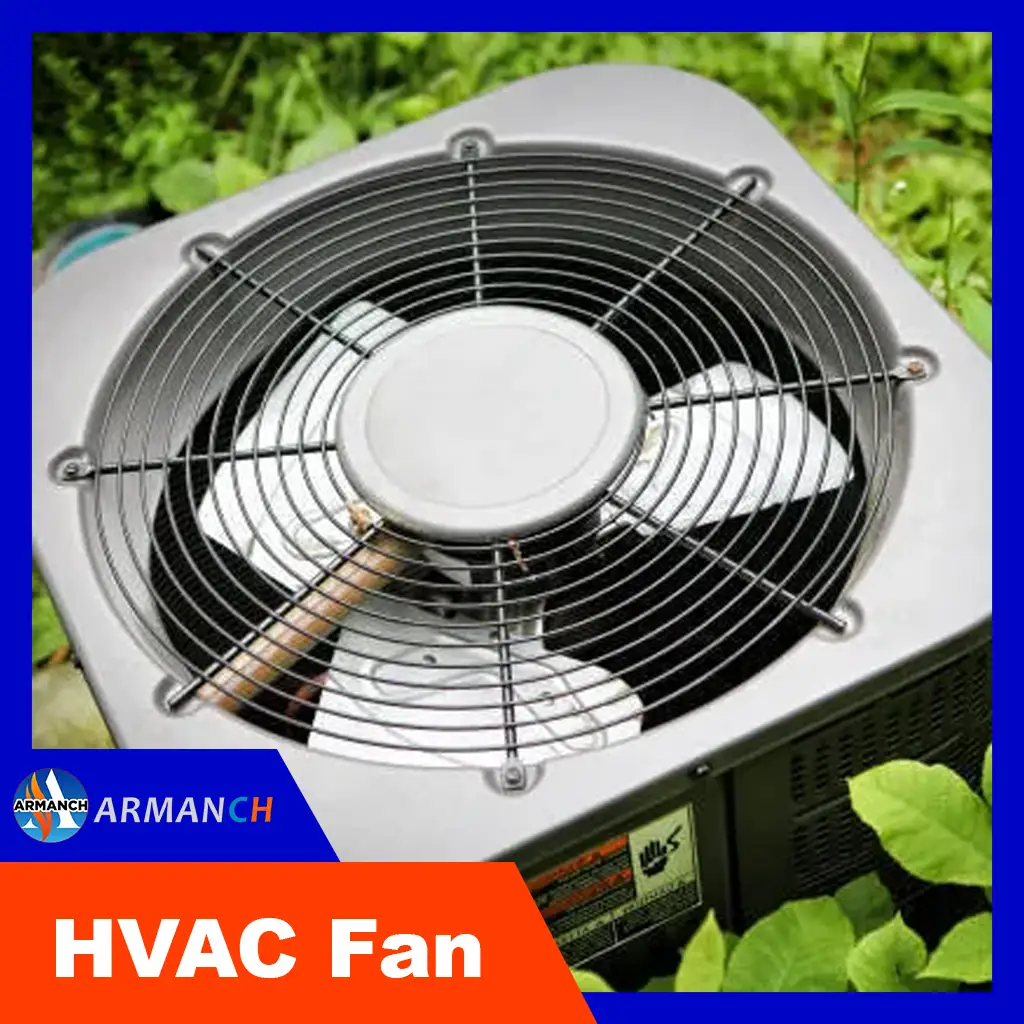
Controlling the Fan of your HVAC system is crucial for maintaining comfort in your home. Understanding the settings on your thermostat can help you manage the distribution of cold or warm air effectively. The debate between keeping the HVAC fan on or setting it to Auto has been ongoing, with both modes offering their advantages and drawbacks. However, modern thermostats provide custom fan settings, giving you more control.
When your HVAC fan is set to “On,” it operates continuously, regardless of whether the system is actively heating or cooling. This setting offers several benefits:
Advantages of “On” Mode
⦁ Enhanced Air Circulation: Continuous fan operation ensures better air circulation, eliminating hot and cold spots and improving overall comfort.
⦁ Extended Lifespan: By reducing the frequency of the fan starting and stopping, running it continuously reduces stress on the system and potentially prolongs the HVAC blower’s lifespan.
⦁ Improved Air Quality: Continuous operation allows more air to pass through the AC filters, effectively removing pollutants like bacteria, pollen, dust, and mold, leading to enhanced indoor air quality.

Disadvantages of “On” Mode
⦁ Regular Filter Maintenance: Constant circulation may require more frequent cleaning or replacement of air filters.
⦁ Increased Energy Consumption: Continuous operation can lead to higher energy bills, especially with extended usage.
⦁ Temperature Variations: Inconsistent air circulation may lead to temperature variations within the space.

Setting your air conditioning fan to “Auto” means it operates only when the system is actively heating or cooling. This mode has its own set of advantages and drawbacks:
Advantages of “On” Mode
⦁ Energy Efficiency: Operating the fan automatically reduces energy consumption, resulting in lower utility bills compared to continuous operation.
⦁ Efficient Dehumidification: The fan shuts off when cooling stops, leading to more effective moisture removal and a comfortable indoor environment.
Disadvantages of “On” Mode
⦁ Uneven Temperature Distribution: The lack of continuous circulation may result in temperature variations.
⦁ Accelerated Wear: Repeated cycling of the fan motor may lead to quicker wear.
The decision between “On” and “Auto” modes is a personal preference, considering factors like humidity levels, energy efficiency, and air quality. To optimize benefits and mitigate drawbacks, consider:
⦁ Smart Thermostats: Set custom timers for fan operation based on your needs.
⦁ Variable Speed Technology: Invest in variable speed fan motors for better control over airflow and energy efficiency.
By understanding the implications of HVAC fan modes and addressing common homeowner problems, you can make informed decisions to enhance comfort, energy efficiency, and indoor air quality in your home.
Our mission is to change people’s lives. We do that by working within our community to create a positive change.
ARMANCH 2024 CREATED BY Armanch Development Team